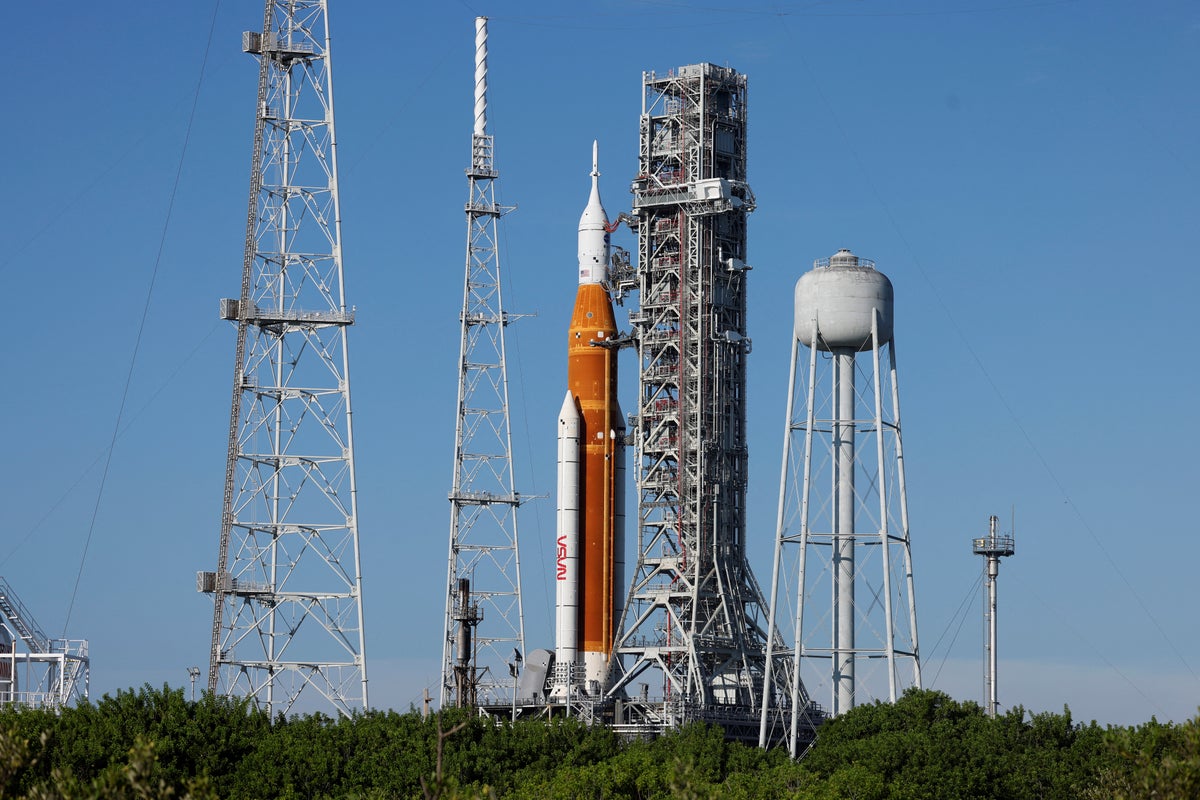
Nasa hopes to establish its presence throughout the solar system as part of long-term plans to station its astronauts on Mars and beyond.
The unveiling of its ambitions to send humans to the Red Planet comes ahead of its mission to install a permanent settlement on the moon, the latest phase of which will take the shape of a six-week, uncrewed test flight of its Space Launch System rocket and the Orion spacecraft.
It is hoped that the Artemis I mission, which the space agency hopes to launch as soon as 29 August, will put astronauts back on the moon by 2025 – an undertaking it hopes will serve as a proving ground for technologies aimed at going on to visit Mars.
But speaking on Sunday, the agency’s associate administrator for technology spoke of its long-term ambitions to go beyond Mars, and lay the foundations for a “presence throughout the solar system”.
“The point is that we don’t stop when we have gone to Mars,” Dr Bhavya Lal told The Telegraph.
“By the time we have thriving settlements on Mars, we probably have enough technology that we can push deeper into space.
“I think that idea is simply that we are not stopping. Our long-term strategic vision is to have a sustained presence on the moon, Mars and throughout the solar system.
“At the very highest level, our goal isn’t to just go visit a place, it’s to bring the solar system and beyond into our economic realm.”
Despite a series of lightning strikes at the launch pad, the 322-foot test rocket remains on track for a Monday lift-off, according to Nasa.
The historic mission will send an empty crew capsule into lunar orbit, 50 years after the space agency’s Apollo programme, which landed 12 astronauts on the moon.
Three test dummies will be strapped into the Orion capsule to measure vibration, acceleration and radiation, some of the biggest hazards to humans in deep space.
Officials said that neither the rocket, capsule nor ground equipment suffered any damage as a result of the five lightning strikes that hit the 600ft towers surrounding the rocket at Nasa‘s Kennedy Space Centre on Saturday.
“Clearly, the system worked as designed,” said Jeff Spaulding, the agency’s senior test director.
“We’re within 24 hours of launch right now, which is pretty amazing for where we’ve been on this journey,” he told reporters.
The follow-on Artemis flight, set for as early as 2024, would see four astronauts fly around the moon. A landing could follow in 2025.
Nasa is targeting the moon’s unexplored south pole, where permanently shadowed craters are believed to hold ice that could be used by future crews.
With additional reporting from the Associated Press







